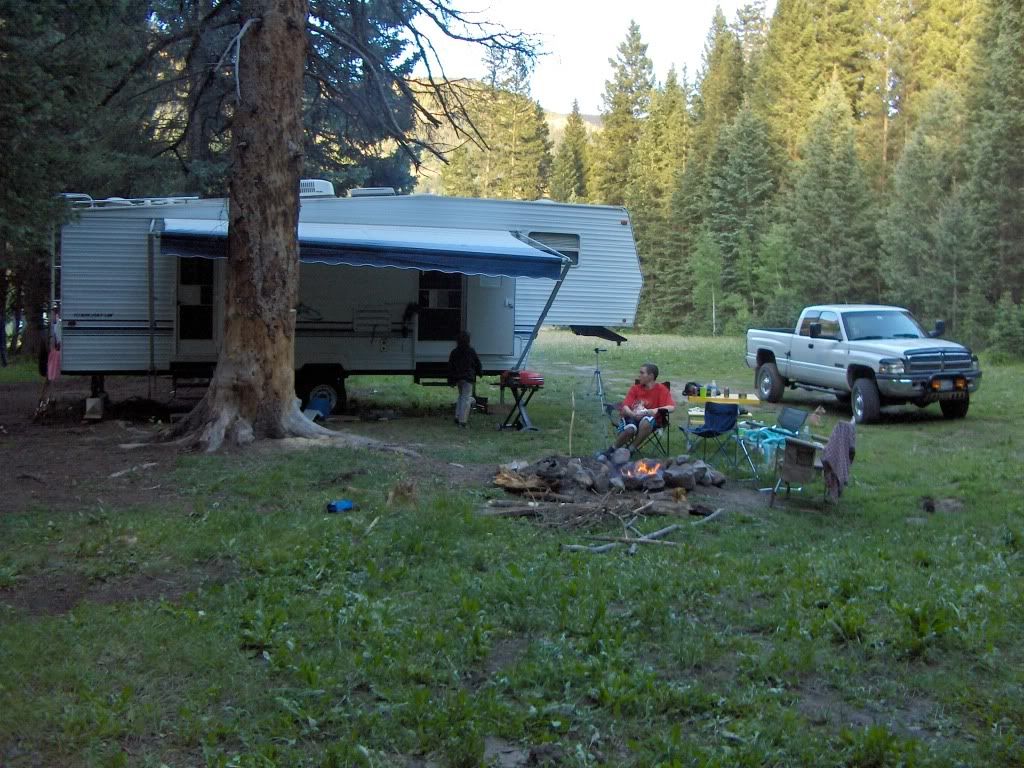Have an 01 Cummins 4x4 quad cab with 265/75 R16 10-ply Bridgestone Revo tires.
Truck door placard states 80psi on rear, 65psi front (could be wrong on the front psi, speaking from memory), but I definitely remember door saying 80 on the rear.
We found a psi table booklet that came with the truck for different loads the truck is doing for them time of use.
It states, empty bed, we can run 50psi rear/55 psi front or 65 if using snow plow (we don't)
For a fully loaded bed/trailer weight, spec's 80psi, which is the max tire pressure a 10-ply tire allows.
Is this what everyone else is running? Asking, because this truck eats tires every 25k miles at the most..doesn't matter what I put on it. The wear is always even, there's no feathering, etc. I'm just trying to get our tires to last longer if possible.
I've been running 80psi rear in summer with trailer, and only 50-55psi in winter with snow....if I leave 80 in there with no load, rear of truck just hops on anything slippery and rides HORRIBLE>
Truck door placard states 80psi on rear, 65psi front (could be wrong on the front psi, speaking from memory), but I definitely remember door saying 80 on the rear.
We found a psi table booklet that came with the truck for different loads the truck is doing for them time of use.
It states, empty bed, we can run 50psi rear/55 psi front or 65 if using snow plow (we don't)
For a fully loaded bed/trailer weight, spec's 80psi, which is the max tire pressure a 10-ply tire allows.
Is this what everyone else is running? Asking, because this truck eats tires every 25k miles at the most..doesn't matter what I put on it. The wear is always even, there's no feathering, etc. I'm just trying to get our tires to last longer if possible.
I've been running 80psi rear in summer with trailer, and only 50-55psi in winter with snow....if I leave 80 in there with no load, rear of truck just hops on anything slippery and rides HORRIBLE>


